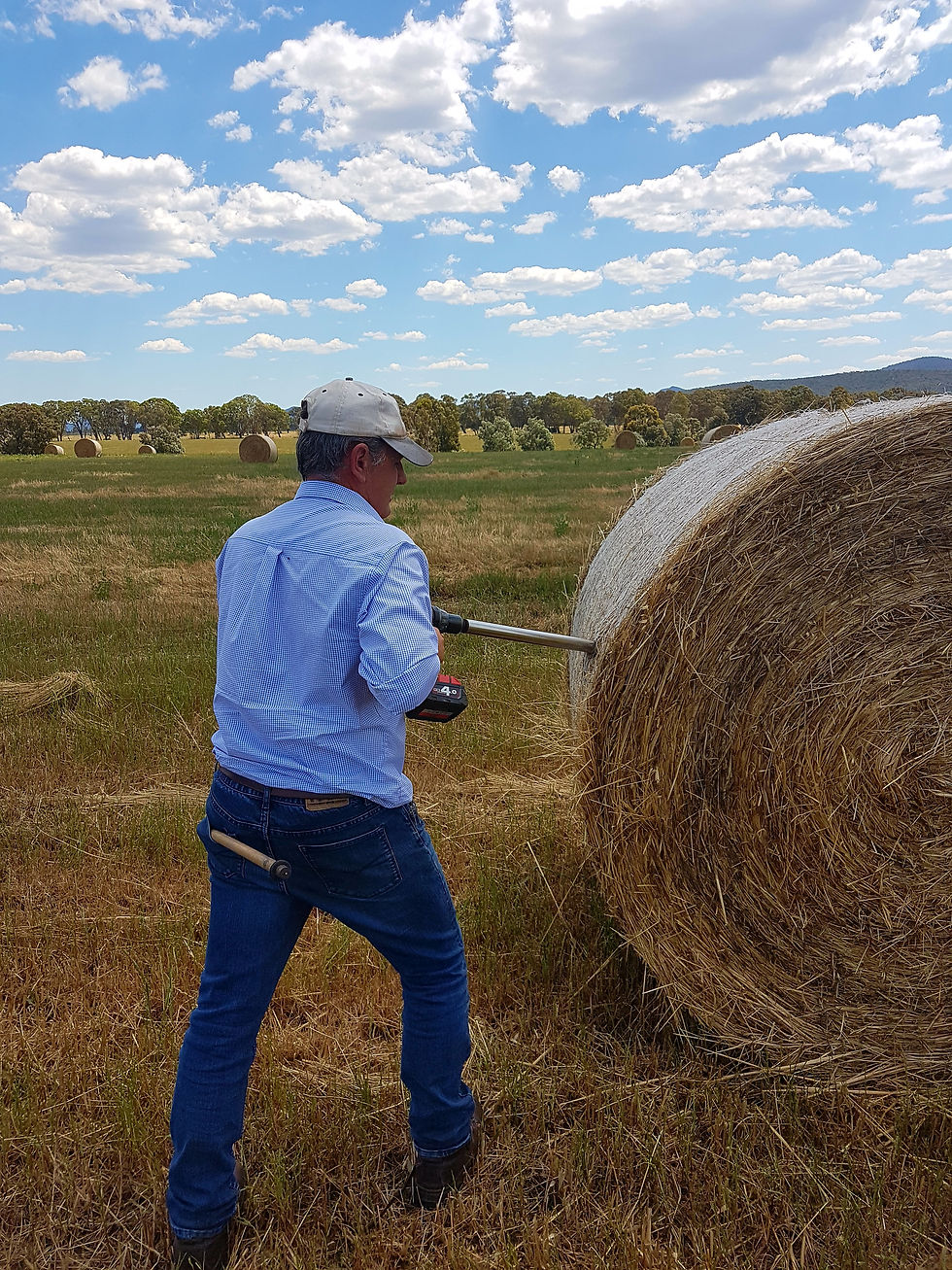GRASS TETANY
- Rebecca Thorn

- Jun 15, 2021
- 2 min read

Autumn is coming to a gentle close as we prepare for winter, hopefully bringing more rain and with that, more feed. Hand feeding is usually still on the task list for a little while to come, until the feed-gap closes, and pastures and cereals have enough dry matter cover to be a substantial feed for grazing cattle and sheep. New growth of any type typically has low NDF, high water content and high protein which leads to rapid digestion. Manure pats get loose, and bums begin to dirty. New growth, especially fertilised, generally has high potassium as well. To help slow passage rate, absorb more nutrients and reduce wasted energy, waiting until a good gumboot height is available of feed or supplying some roughage that will also help in the reduced chance of grass tetany.
Grass tetany occurs when an animal’s magnesium intake/absorption drops below the animal’s critical needs, otherwise known as hypomagnesemia. As the majority of magnesium is stored in the animal’s skeleton it is hard for them to quickly access, especially in older animals. Ruminant animals absorb magnesium through the rumen wall, and this can be affected by rate of passage in the rumen and levels of potassium in the diet.
Signs of cows that are affected by low magnesium can be that they are aggressive in nature and show signs of muscle tremors and in some cases, it can lead to death. The condition progresses quickly and therefore many animals are just found dead.
Older animals (over five years) are at the greatest risk, as are animals that are on fast growing pasture or crop that have had high levels of nitrogen or potassium fertilisers applied.
Perennial ryegrass toxicity PRGT can sometimes be mistaken for grass tetany as animals in both cases have muscle tremors and difficulty standing. They are both vastly different issues with PRGT coming from toxins in the ryegrass that act as the plants defence system, whereas grass tetany as previously described occurs from low blood magnesium.
Best practise based on current knowledge is to provide the animals with a high magnesium supplement, some people try to dust pasture or hay with magnesium, but this is labour restrictive. Using a high-quality loose lick mineral, with a high magnesium content will allow animals daily access to meet their nutritional requirements. Feeding high risk cattle hay will slow the rate of rumen passage down allowing the animal to absorb more magnesium out of the feed stuff.
To help manage this year’s Grass tetany season:
Graze grass at 2.5 plus leaf stage as the plant will have more fibre and less potassium;
Minimise sudden changes in diet - if your cows are in confinement make the change to pasture over 10 - 14 days to allow the animals digestive system time to adapt;
Reduce stress events like yarding or long-distance movements; and
Provide your animals with a high-quality loose lick with added magnesium like the ones from the TPM range.
For more information,
please do not hesitate to contact one of our Productivity Experts
Our Consultants
EXPERTS IN RUMINANT PRODUCTIVITY
Mark Facy
0427 243 320
Owen Rees
0429 437 823
Mikaela Baker
0457 243 319
To download a copy of this article, please click the link below...




Comments